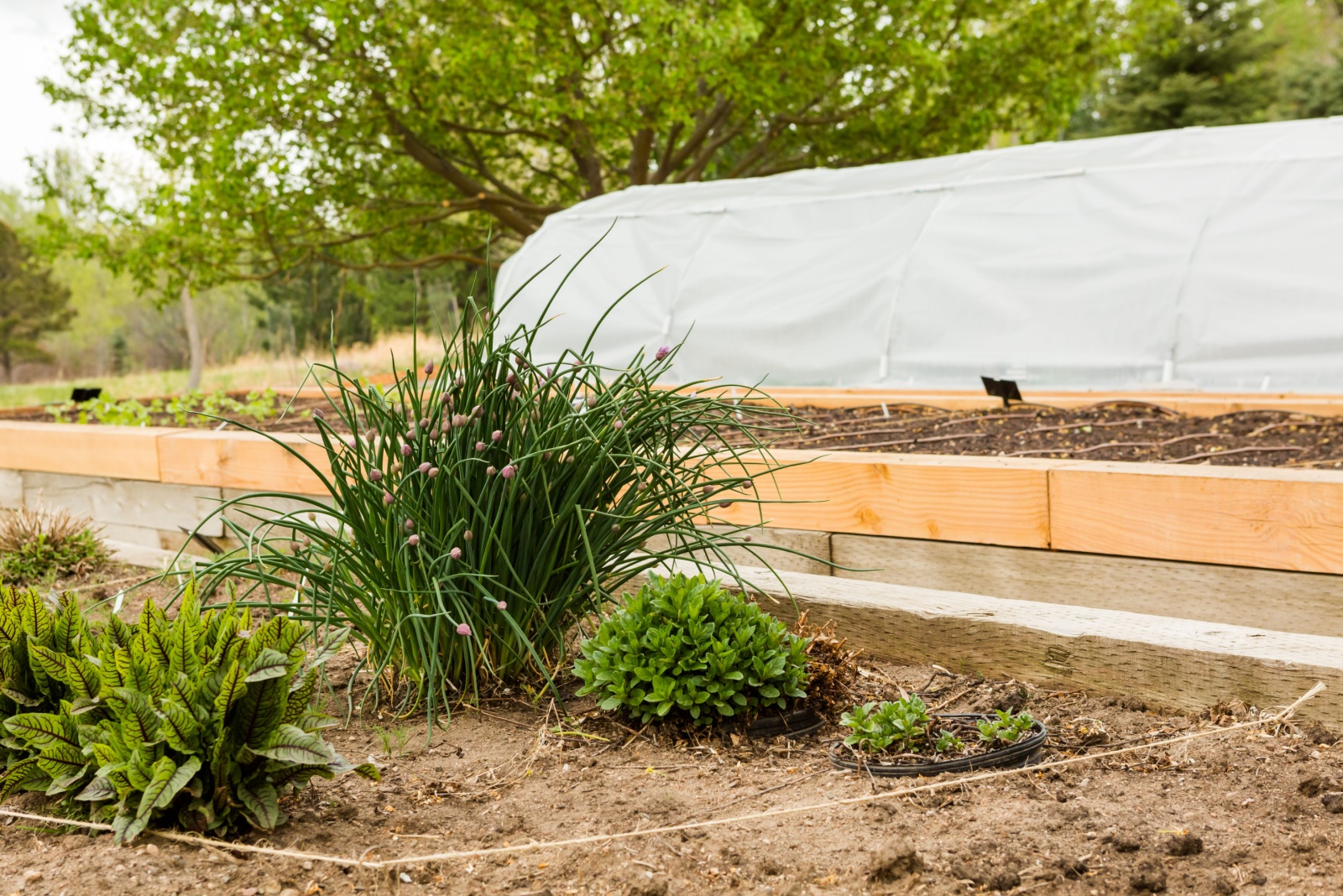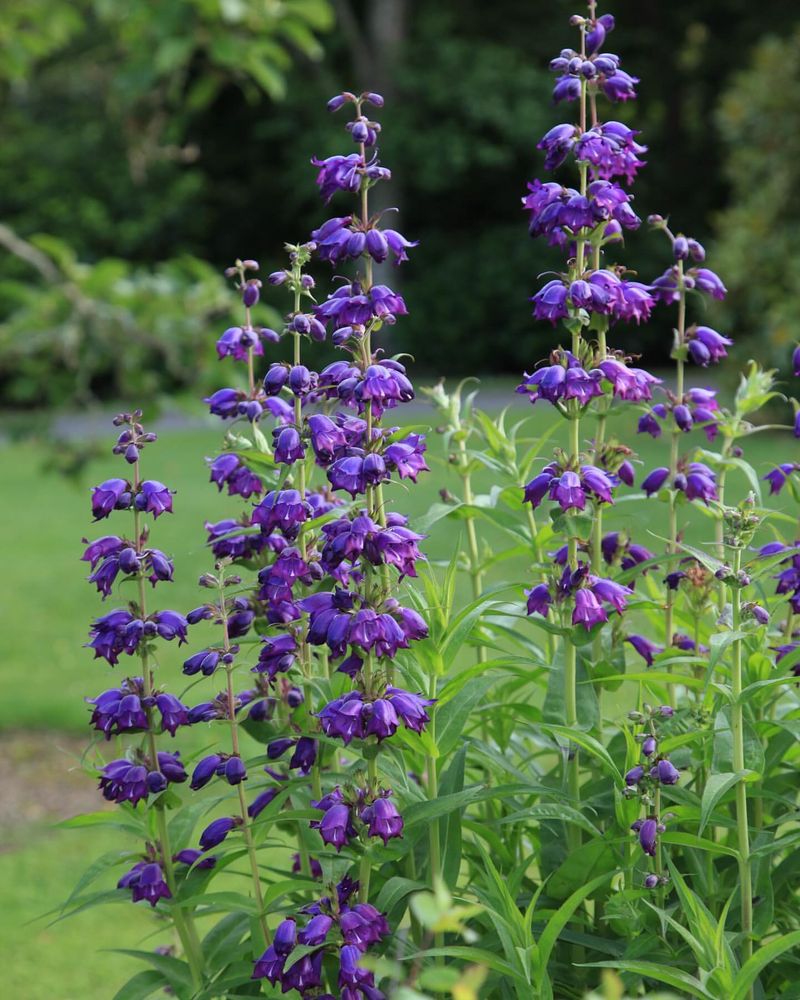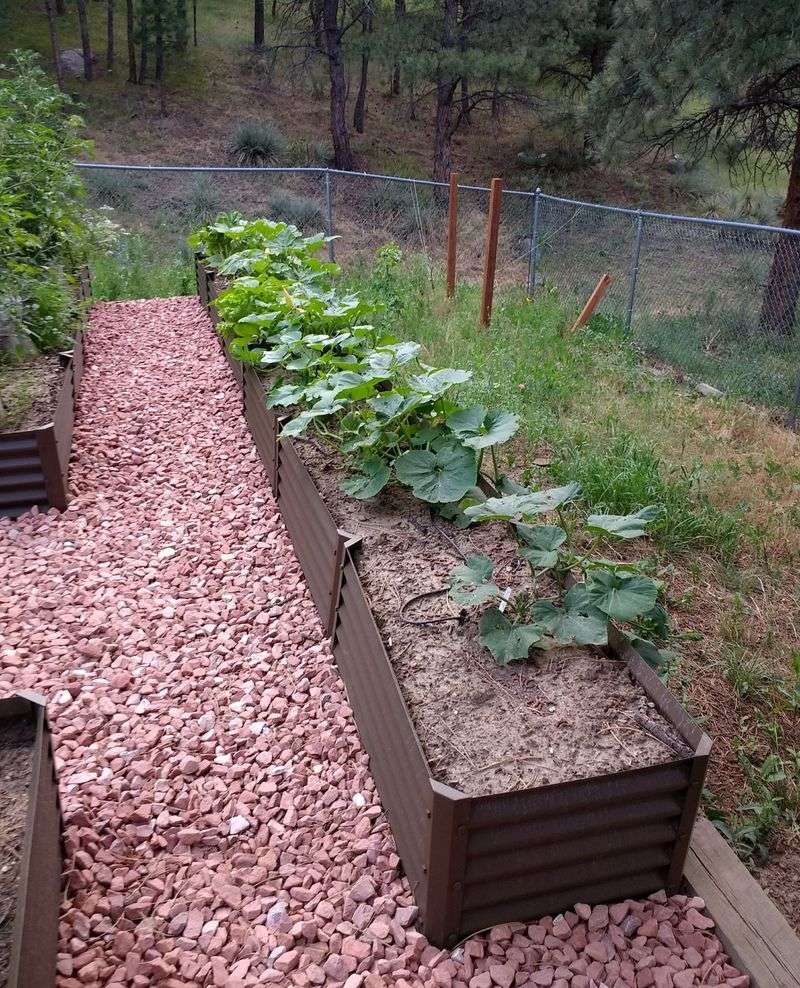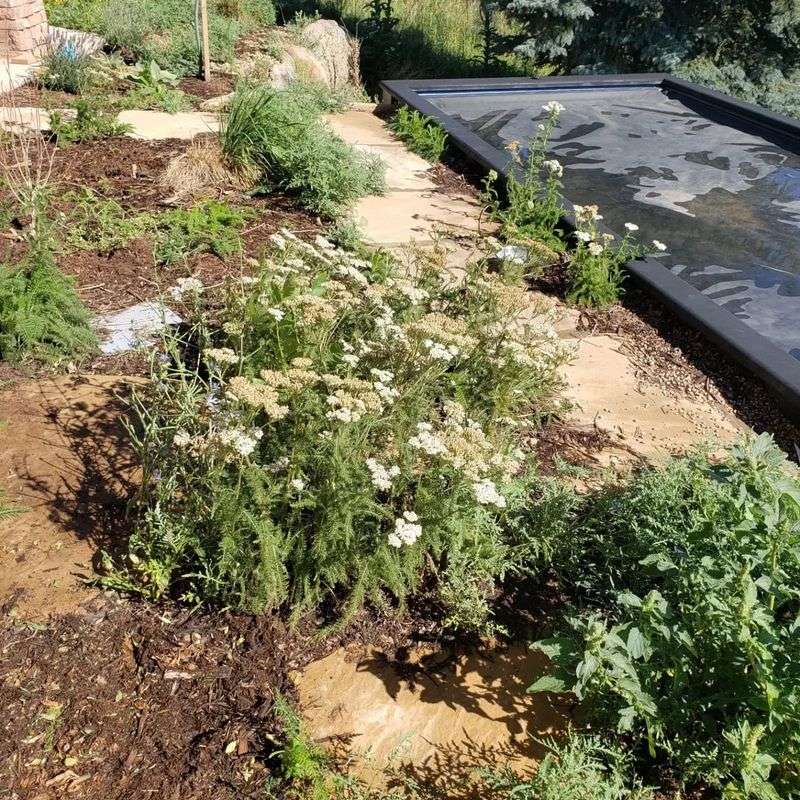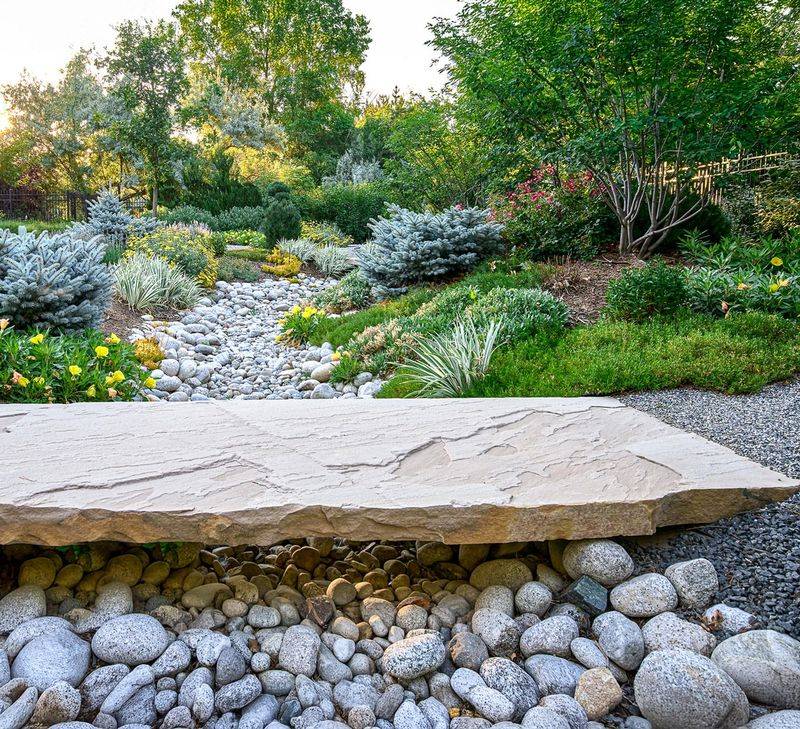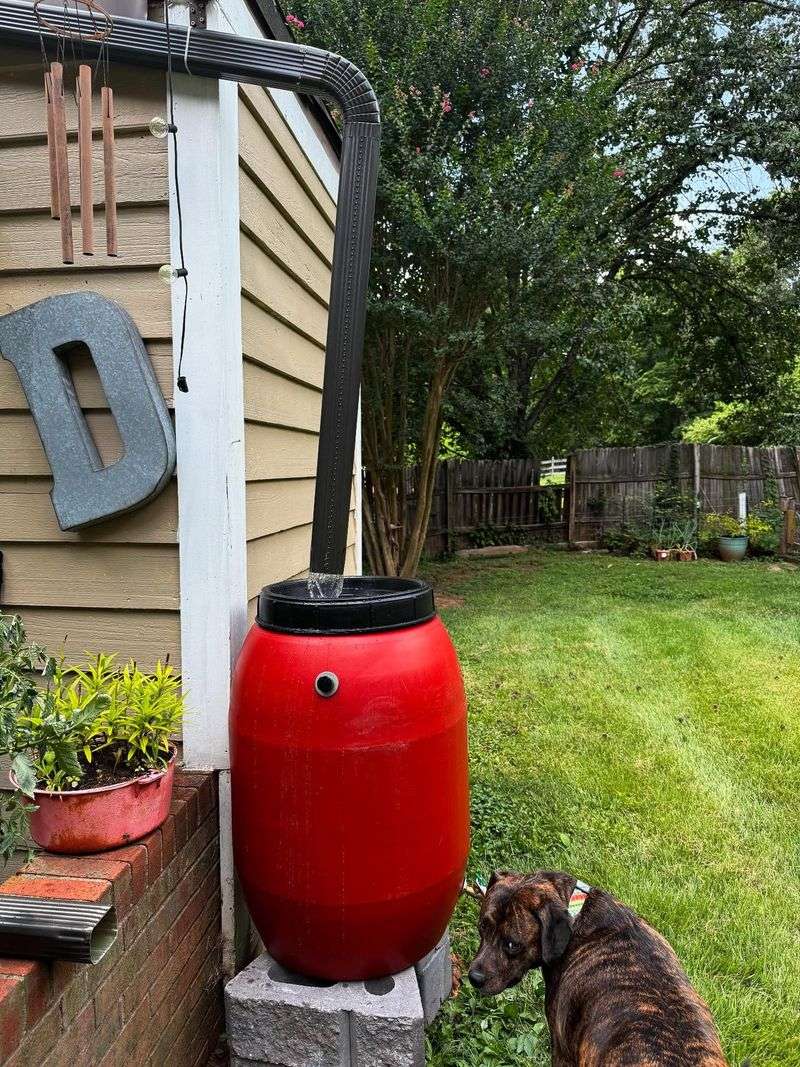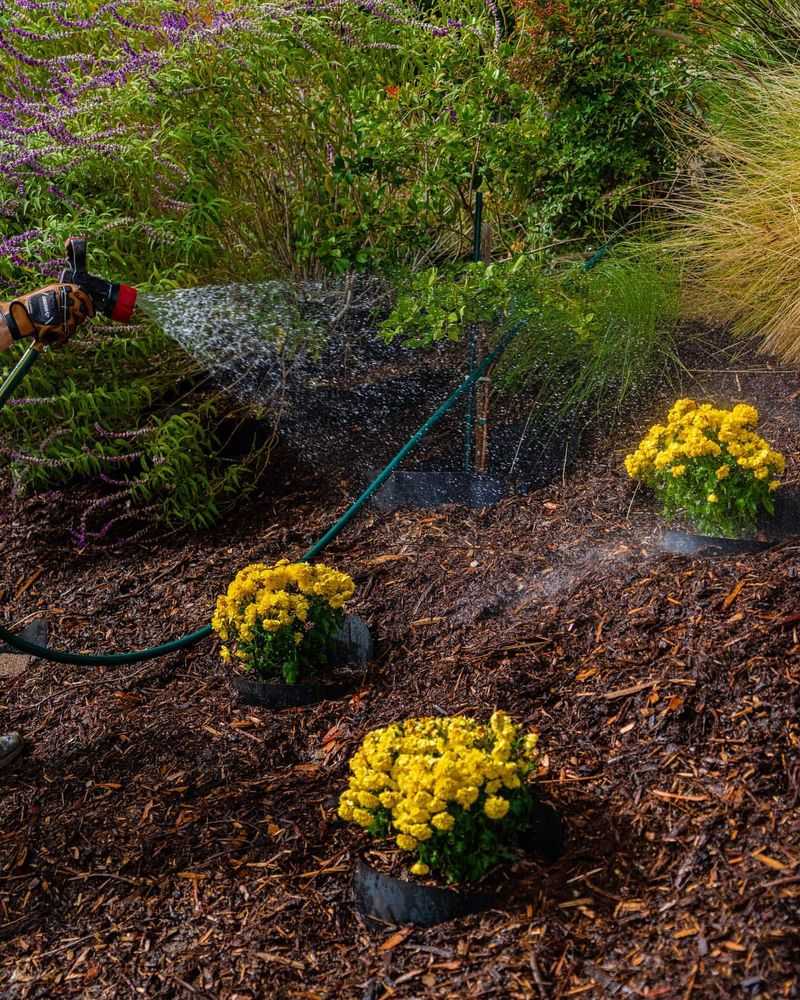Gardening in Colorado’s mountains presents unique challenges due to harsh winters, short growing seasons, and rocky soil. Creating beautiful perennial beds that thrive year after year requires smart planning and mountain-specific knowledge.
With these practical tips, you’ll save time, money, and precious soil while growing a gorgeous mountain garden that can handle whatever the Rockies throw at it.
1. Choose Cold-Hardy Perennials That Love Mountain Life
Mountain gardeners in Colorado need plants that can handle freezing temperatures and sudden weather shifts. Look for zone 3–4 rated perennials like columbine, yarrow, and dianthus that return reliably each year.
Native plants such as penstemons and sulfur buckwheat are already adapted to high-altitude conditions. They require less water and withstand intense UV rays far better than lowland varieties.
2. Build Raised Beds For Better Drainage
Rocky mountain soil often drains too quickly or contains too much clay. Raised beds solve both problems by giving you control over your soil mix. Even a modest 8-inch height makes a world of difference for plant roots.
Frame beds with locally sourced materials like beetle-kill pine or mountain stone. The natural elements blend beautifully with the landscape while providing crucial structure for your garden.
3. Master The Art Of Mulching
Mountain gardeners in Colorado face rapid soil moisture loss from intense sun and dry air. Applying a 2–3 inch layer of pine needle or wood chip mulch helps lock in precious moisture while suppressing weeds.
Fall leaves make excellent free mulch too! Instead of bagging them up, shred and spread them over perennial beds before winter. They’ll break down slowly, enriching the soil while protecting plant roots from Colorado’s extreme freeze–thaw cycles.
4. Create Microclimates With Smart Positioning
Clever gardeners use the mountain landscape to their advantage. South-facing slopes warm up earlier in spring, perfect for plants that need a longer growing season. North-facing areas retain snow longer, protecting delicate plants from early warm spells.
Large rocks absorb heat during the day and radiate it at night, creating mini warm zones. Position frost-sensitive perennials near these natural heaters to extend their growing season by several weeks.
5. Collect Rainwater To Save Money And Plants
Summer afternoon thunderstorms in Colorado provide free water for thirsty gardens. Set up rain barrels under downspouts to capture this valuable resource before it runs off down the mountain.
Mountain rain is often more acidic than city water, making it perfect for acid-loving perennials like lupines and columbines. As a bonus, collected rainwater is free of chlorine and other chemicals found in municipal supplies that can harm beneficial soil microbes.
6. Compost Like A Mountain Pro
High altitude composting works differently than at lower elevations. The secret? Smaller piles that heat up faster in the cool mountain climate. Aim for 3×3 foot dimensions rather than larger structures.
Add pine needles sparingly as they decompose slowly and increase acidity. Balance them with plenty of kitchen scraps and grass clippings. In our dry climate, you’ll need to water your compost pile occasionally – it should feel like a wrung-out sponge.
7. Prevent Erosion With Strategic Plantings
Mountain slopes in Colorado shed water quickly, often taking precious topsoil with them. Combat erosion by planting perennials with extensive root systems—such as daylilies, creeping thyme, and native grasses—along slopes and pathways.
Arrange plants in staggered rows across slopes instead of up and down. This slows water flow during Colorado’s heavy rains and snowmelt, giving it time to soak in rather than rushing downhill. Your soil stays in place, and your plants enjoy more moisture—a win-win!
8. Extend Your Growing Season With Simple Covers
Mountain frost can strike any month of the year, threatening tender perennials. Keep lightweight row covers or old sheets handy to throw over plants when temperatures dip unexpectedly, even in summer.
For spring and fall protection, create mini-greenhouses using clear plastic milk jugs with bottoms removed. Place these over emerging perennials or late bloomers. The trapped heat provides crucial extra degrees of warmth during critical times, while allowing ventilation on sunny days.

